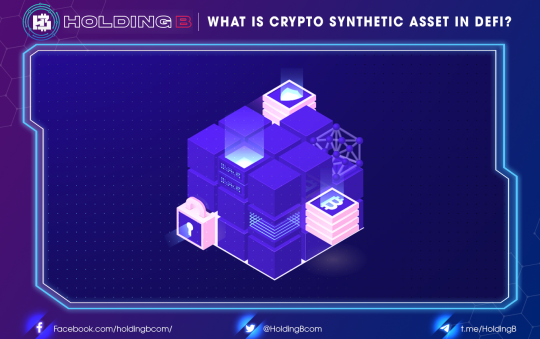Index in traditional financial markets (CeFi)
What is an index?
In traditional financial markets, an index or index is a method of tracking the activity of an asset group in a standardized way. Indices usually measure the performance of a basket of securities in order to recreate a certain area of the market. Indicators in financial markets are often used as benchmarks to assess the performance of an investment.
How to price indexes?
The valuation of the indexes will be calculated from the price of the underlying assets. Some indexes are valued based on market capitalization weights, revenue weights, floating weights, and other underlying weights. Weighting is a method of adjusting the individual impact of commodities in an index.
Typical types of indexes in CeFi
There are two types of indicators common in traditional finance:
- Stock market.
- The bond market.
Popular types of indexes in traditional financial markets such as 3 indices that track the US stock market, including:
- S&P 500 Index: Short for Standard & Poor’s 500 Index, which is an index that weights the market capitalization of the top 500 publicly traded companies in the United States.
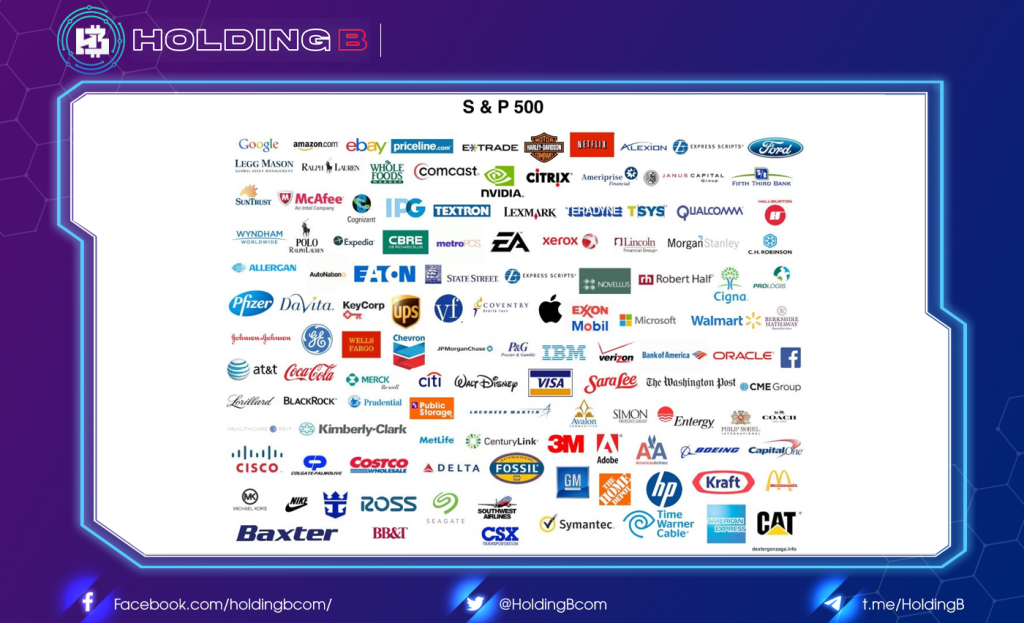
- Nasdaq Composite Index: The market capitalization index of more than 3,000 common shares listed on the Nasdaq stock exchange, U.S. margin receipts (ADR), and real estate investment trusts (REITs), among other things. This is a very broad range-based market index and has a great degree of popularity.
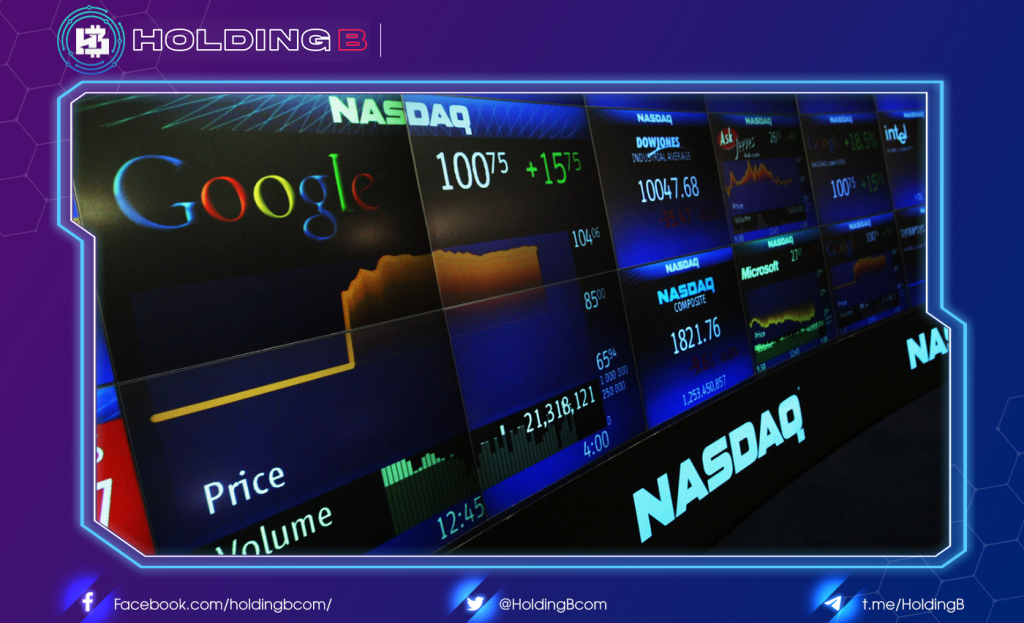
- Dow Jones Industrial Average (DJIA): Also known as the Dow 30 Index, the stock market index of the 30 largest companies traded on the two U.S. stock exchanges, the New York Stock Exchange and nasdaq.
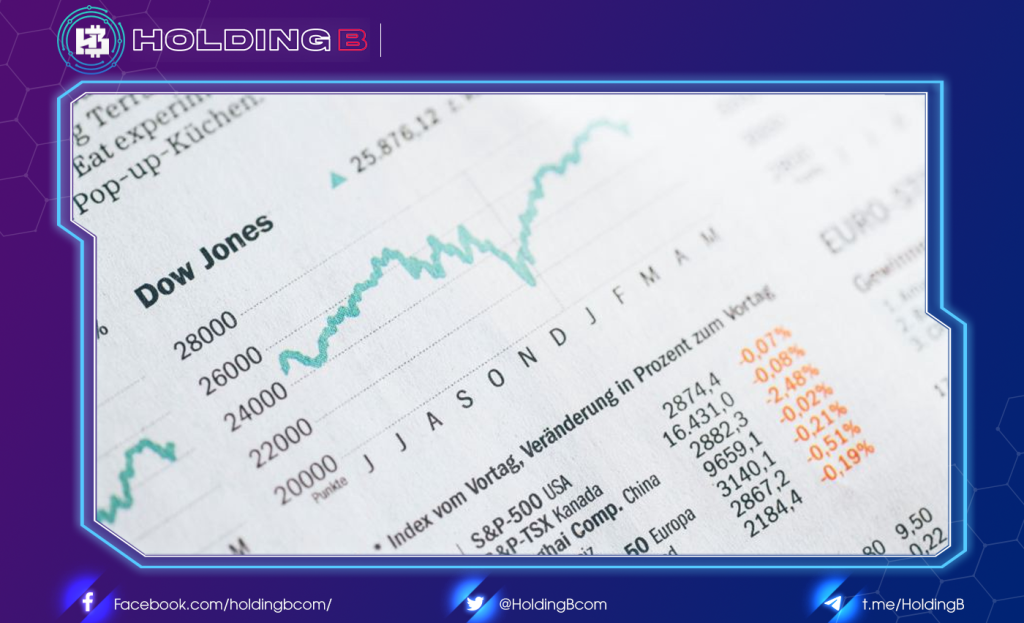
Indices can also be created to represent a geographic segment of the market, such as indicators that track emerging markets or stocks in the United Kingdom and Europe. The FTSE 100 is an example of such an index.
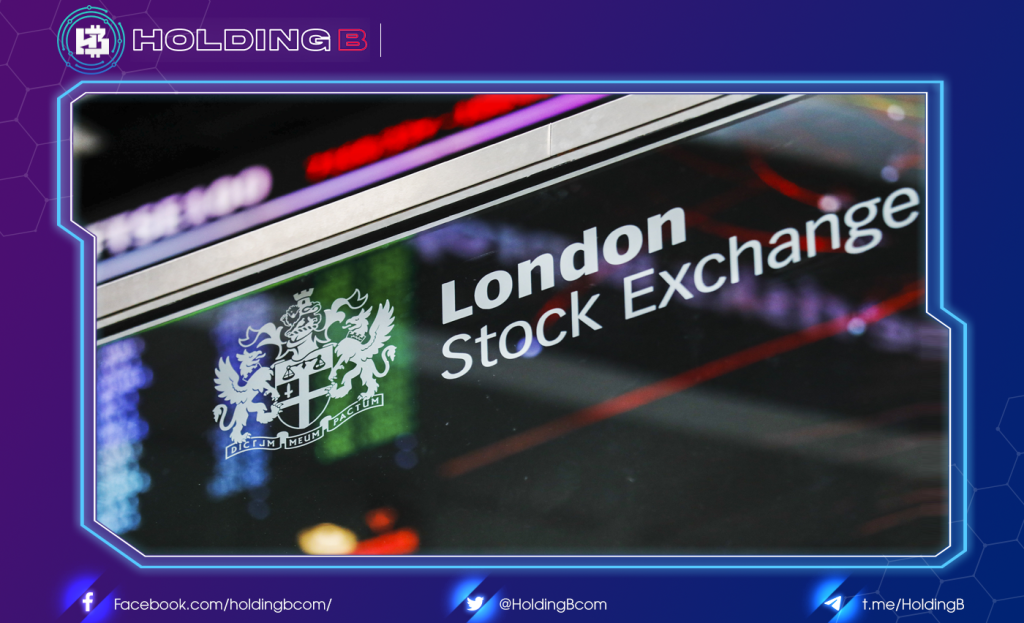
Not only encapsulates the indices in the stock market, but there are also many indicators in other sectors such as the bond market. The bond market index is a method of measuring investment performance and the characteristics of the bond market. Bloomberg US Aggregate Bond Index – Bloomberg U.S. Composite Bond Index is the common benchmark for the U.S. bond market.
The meaning of the indicators.
The meaning of different market indexes to help investors can:
- Keep track of the market’s movements at a macro level.
- In addition, other indicators with more specific characteristics can be created to help investors focus on market focus at a narrower (micro) range.
⇒ Measure economic or financial data at a macro and micro level such as interest rates, inflation or production output, stock markets, bonds, etc.
- Indexes are also considered benchmarks to measure the health of a financial market.
For example, the Nasdaq, S&P 500 or Dow Jones will tell us the overall state of the U.S. stock market. Because these indicators are composed of many figures of companies listed on the U.S. stock exchange with different calculated weights alone.
- Serves as a benchmark for evaluating the profitability performance of portfolios that may include mutual funds or exchange-traded funds (ETFs), etc.
The limits of the Index in the CeFi market
The limitations of the index in the concentrated market are:
- Retail investors will not be able to invest directly in indices but must buy through funds including Mutual Fund mutual funds and Exchange-Traded Fund (ETFs). After that, the investor will trade as index funds and the user will have to pay a fee to the 3rd party to support the transaction.
- Another barrier that can also be mentioned is that there are geographical and legal differences between countries that make it very difficult for citizens in another country (e.g., Vietnam) to access to trade indices in the US market , where there are strict laws and restrictions on cross-border transactions.
- The transparency factor of indicators in traditional financial markets can still have certain errors that come from subjective factors such as people. The best example is during the financial period of the U.S. housing economy in 2008.
This event highlights the lack of transparency of the metrics (which may include the index) in the US. And the serious consequence is that the world’s largest economy is in crisis. Of course, when the economy accounts for the majority of the global share of the crisis, smaller or closely linked economies will not be more or less affected.
DeFi Decentralized Financial Market Index
DeFi Pulse Index – The name of the index
DeFi Index Pulse (DPI) is a basket of indicators developed by index co-op (DAO born with the purpose of satisfying the demand for index trading) in conjunction with set protocol to help investors enter the crypto market through index form can diversify the portfolio, customize risk appetite by investing in an index that tracks 14 “blue chip” projects (projects with TVL, capitalization or profit revenue at the top).
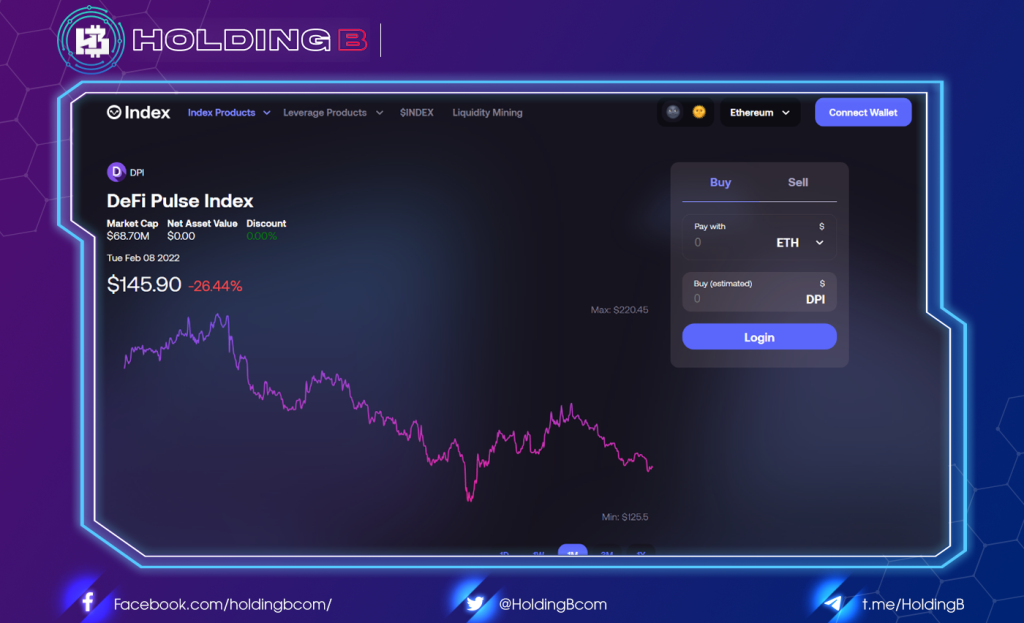
The DeFi Pulse Index is one of several indexes created by the Co-op Index. In addition, the Co-op Index also provides additional indicators such as:
- $MVI: Metaverse Index (Price Tracking Index of Metaverse Projects).
- $ETH 2X-FLI: Index Coop – ETH 2x Flexible Leverage Index (ETH price tracking index with 2x leverage).
- $BTC 2X-FL I: BTC 2x Flexible Leverage Index (BTC price tracking index with 2x leverage).
- Data Economy Index or Bankless DeFi Innovation Index with different measurement weights.
As I mentioned, the indicators will be generated depending on the weighting methods that the supplier wants to serve the user’s needs.
With DPI, they position themselves as a pioneering project and also set the mindset of building the project as the standard for the industry, so DPI’s token selection method is weighted based on 4 factors with high requirements as follows:
- Descriptive: All tokens in an index must be present on Ethereum’s main network, and the owners of those projects cannot be changed.
- Traction: The popularity of projects listed in a basket of indicators must be high and well known as well as the application of the project is high. In addition, the project must have a project age of more than 180 days to ensure a level of commitment to the community.
- Supply: The project’s tokenomics must be designed to be predictable without bringing high risk to passive investors (such as long-term investments). 5% of the total supply must be in circulation in order to have the initial amount of liquidity.
- User Safety: Tokens (projects) that want to be listed on an index must be audited by reputable organizations or endorsed by third parties that specialize in security as well as having been in the market for a long time and the community is large enough.
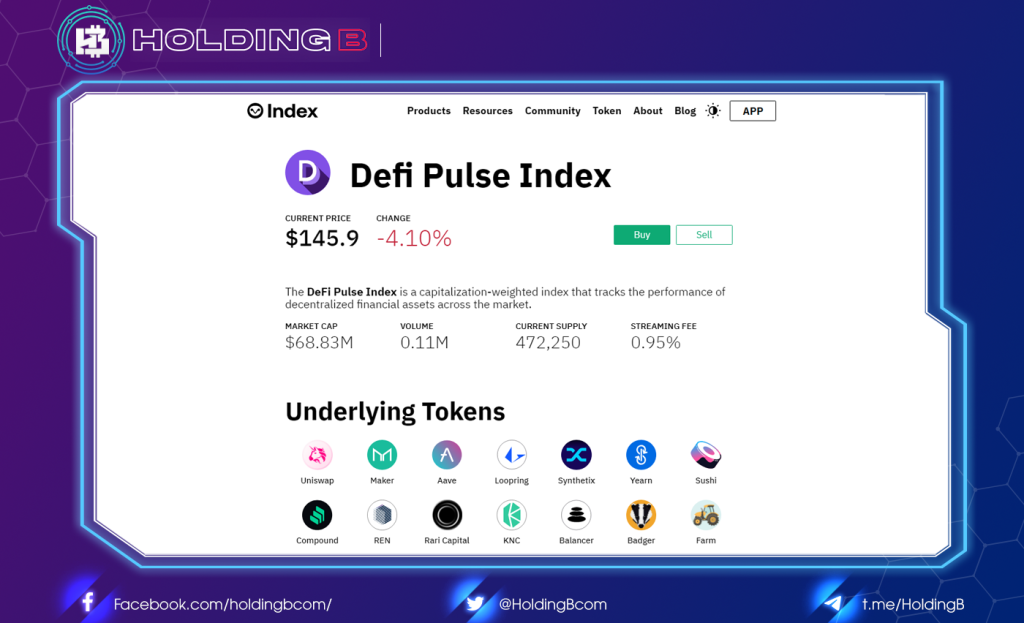
The background of the index segment in the DeFi market
Crypto is a highly volatile industry, but with a growing presence from institutions and traditional investors, such as the presence of BlackRock. BlackRock was the world’s largest asset manager managing $6.84 trillion in assets in June 2019. With such a big player entering the crypto market, smaller organizations have no reason not to join this piece of cake with much untapped potential.
They certainly have teams of experts with the ability to analyze the potential of the DeFi market with the core of the blockchain platform.
DeFi converges enough technology and profit risk ratios that are attractive enough for them to choose as a destination. Although Crypto or DeFi is a market with great volatility, but along with it also brings many opportunities for profitability. And the Index is one of them with volatility at an acceptable level but a much better return than the traditional market.
The average annual annual return (AAR) of the S&P 500 index from 1926 to the end of 2021 was only about 10.49% (according to Investopedia). When compared to this data with the DeFi Pulse Index, this Crypto Index has the highest profit performance in a year reaching 154.7%.
Of course, it is not possible to compare directly because it differs in the size of the two markets. However, such a ratio for an investment in indices is really attractive for investors to seize this opportunity.
One of the first index projects was index co-op, which issued the DeFi Pulse Index – the first flag of the array and the project was born around September 2020, which is also the period before the beginning of the golden generation of DeFi array around March-May 2021.
Therefore, during that period the development of DPI has also been very good due to the benefit of the cash flow focused on DeFi products until May 2021. After that, the cash flow has been redirected to other trends that attract more cash flow, the Index segment is affected in the general deFi segment will be withdrawn because Index is not the main segment of DeFi segment such as DEX, liquidity, lending.
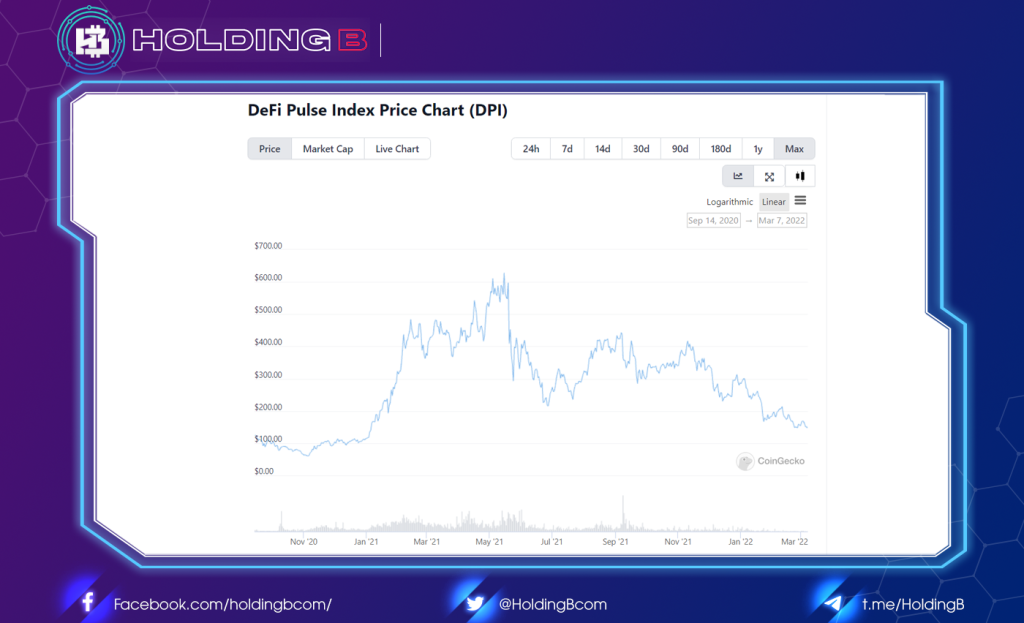
The difference between the Index in CeFi and DeFi markets
The difference between the indexes in the CeFi and DeFi financial markets lies in the technology and fundamental characteristics related to blockchain. In addition, the difference between the index in the two markets also comes from factors such as limitations and different sizes in each market.
Characteristics of crypto index
Unlike indices in the centralized financial market, the indexes in the DeFi market will have some outstanding advantages in terms of technology, data correctness, etc.
Specifically, the index in the crypto market will have the following characteristics:
- Inherit the characteristics of blockchain technology when these indicators are deployed on any Layer 1 layer. In terms of features such as composability, fast transaction execution speed, low cost, transparent information and security.
For example, if the index funds of the world’s top five technology companies create an index on Solana, those who trade the index will be able to trade on the belief that the prices of tokens in this index basket will rise, with low cost and simple quick manipulation. This minimizes the cost to the third party in the same way that traders have to pay the intermediary to be able to trade.
⇒ Index Trading in the DeFi market will reduce costs such as intermediary fees, transaction fees, etc.
- It is possible to create any basket of indicators without going through complex regulatory bodies such as in centralized financial markets. Instead, these Indexes would be proposed and adopted by voting form.
- Reduce the risk of investing multiple tokens individually. The fact that tokens in volatile markets such as crypto can increase and fall by more than 50% per day is quite frequent, so investing in an index that represents many individual tokens will help traders minimize risk.
- Gross profit: Users can even swap or provide liquidity using indexes that indexes into pools on AMM such as Uniswaps or SushiSwap, and users who buy that index (e.g., DPI) as tokens have already received a return from investing in this index fund and will be able to take that token away to add liquidity to receive additional profits.
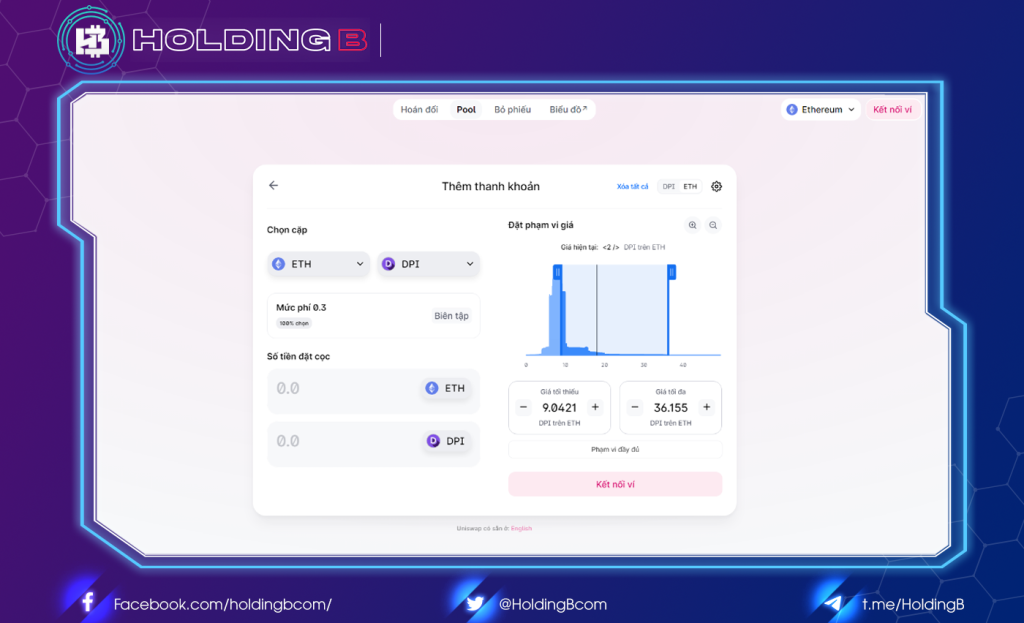
- It is possible to trade the index on an individual scale without investing in an index fund.
- Diversify your portfolio effectively with an automated portfolio rebalance (on the DeFi Pulse Index).“
Use of Crypto Index
- Serve the needs of users if they want to invest in a particular segment in a growing market or they want to invest multiple tokens in the same segment but are afraid to buy each token on different chains at a disproportionate or even expensive gas cost.
- Eliminate the procedures for buying and selling these index baskets in unsupported countries,..
⇒ DeFi solves this because DeFi is essentially the main platform without borders. Therefore, investors in different countries can buy index funds in countries with strict laws such as in the US or anywhere else.
⇒ Crypto Index’s strengths when borders are no longer barriers. However, it is not because there is no legal organization behind it, so investing in these indicators is not safe. Because in order for a project’s token to be added to an index like DPI, it is necessary to be evaluated and scrutinized for factors to protect investors and the review process can be up to monthly.
- The method of diversifying the portfolio, customizing the level of risk for investors.
Crypto Index Market Overview
The Crypto Index has 32 indexes that track the nooks and crannies of the market (according to Coingecko). More specifically, the DeFi Index has 16 indices with a total capitalization of about $ 177 million. In particular, the top 2 indexes alone accounted for 74% of the total capitalization of this segment with deFi Pulse Index (38%) and Index Coop – ETH 2x Flexible Leverage Index.

Why hasn’t the index been focused yet?
Index, a segment with more than 1 year old in the crypto market has not been focused because of the current barriers and difficulties that have restrained investors as follows:
Individual investors mainly enter the market with the aim of making high profits from large fluctuations
Crypto is a highly volatile market (fluctuating in the range of 10-100% per day for Bitcoin or large-cap coins
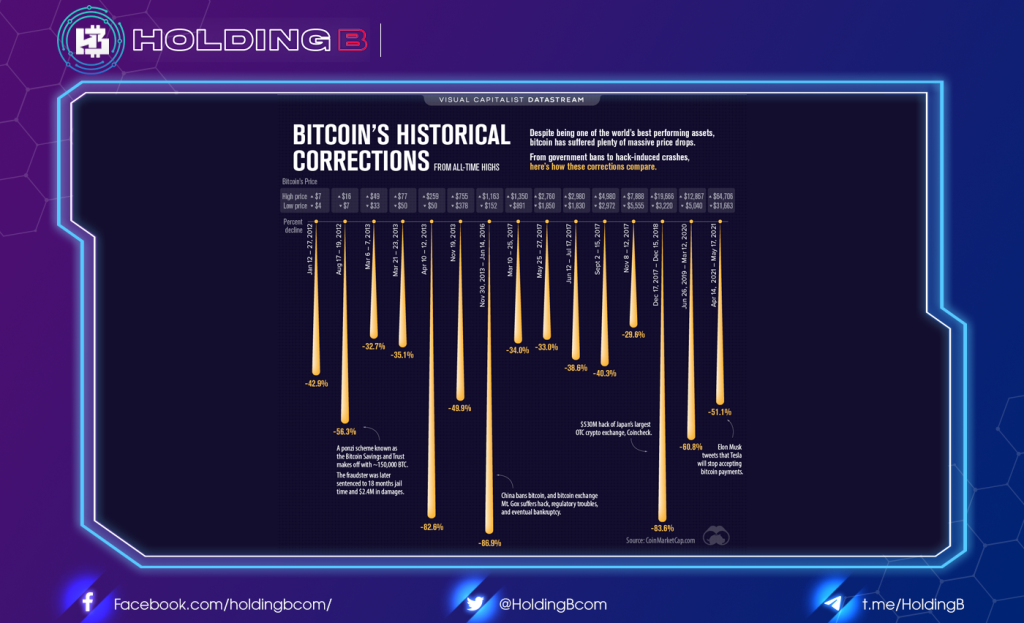
This is different from traditional financial markets like Vietnam’s stock market which ranges from 10-30% and the US stock market is about 1-6% which are already quite large numbers.
This data shows that users coming to the crypto market are mostly investors who prioritize risk, great risk along with large profits. This is in stark contrast to the nature of indices as a form of investment with less risk.
Investors are not yet interested in a market with as many risks as Crypto
Traders still do not have enough confidence and are still concerned about the potential risks of the crypto market and the high probability is that there is still a good profit from the CeFi market.
Some professional index traders are still making good profits from traditional financial markets and they are not ready to be in a market where there is still a lot of risk from protocol errors, scams, many forms of fraud that are beyond their management as in the crypto market.
The fact that U.S. and international lawmakers have yet to fully enact legislation to regulate this market, investors are still afraid to participate because their interests cannot be guaranteed and protected.
For example, some of the most recent market hacks like OpenSea, or some magic eden rugpulls, etc.
Barriers to entry are difficult.
As you also know, crypto investing has been difficult, learning how to master the products in the crypto and blockchain markets is much more difficult. This leads to a perception that it is very likely that some small index traders are still not interested and not equipped with enough knowledge to participate confidently in the Index in the Crypto market.
Development and project potential of crypto index
It is really difficult to compare the Index across the two financial markets to give accurate numbers to predict the development of the Index on Crypto is really difficult because there are no specific statistics because the nature of index is a market that can include many projects / assets in other major financial markets such as securities, bonds or oil, etc.
However, try using the size of the Dow Jone index alone to compare because the two currently have about 30 projects. The market capitalization of this Dow Jone index is approximately $10.1 million (January 31, 2022), while the crypto index is only $177 million.
Such comparisons are quite lame, however, once the crypto market is gradually more accepted, risks such as the barriers we mentioned are minimized, it is possible that the Crypto Index can welcome the shift of users from traditional financial markets to.
=> The opportunities and development of the Index array are still large if the length of time and the maturity of the entire crypto and blockchain market in general.
It is necessary to solve the problem of smart contracts, exploited, hacked or security errors that must be enhanced at the same level as the CeFi market.
Only when this state is achieved, the other advantages of index trading in the DeFi market will come into full effect and serve as a foundation for this segment to grow in the future.
See ya in the next article !
Don’t forget to follow useful articles about Crypto Market from team Holding B !!!
- Telegram Channel: https://t.me/HoldingBcom
- Telegram Group: https://t.me/HoldingB
- Website: https://holdingb.com/
- Twitter: https://twitter.com/HoldingBcom
- Facebook: https://www.facebook.com/holdingbcom



